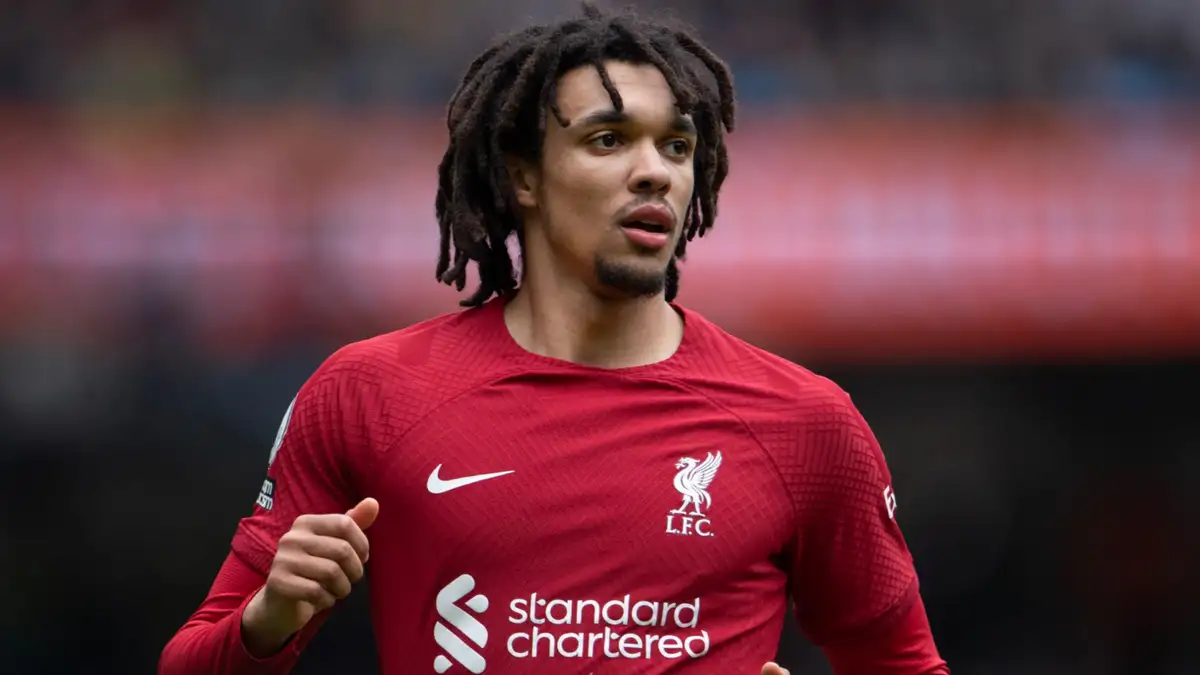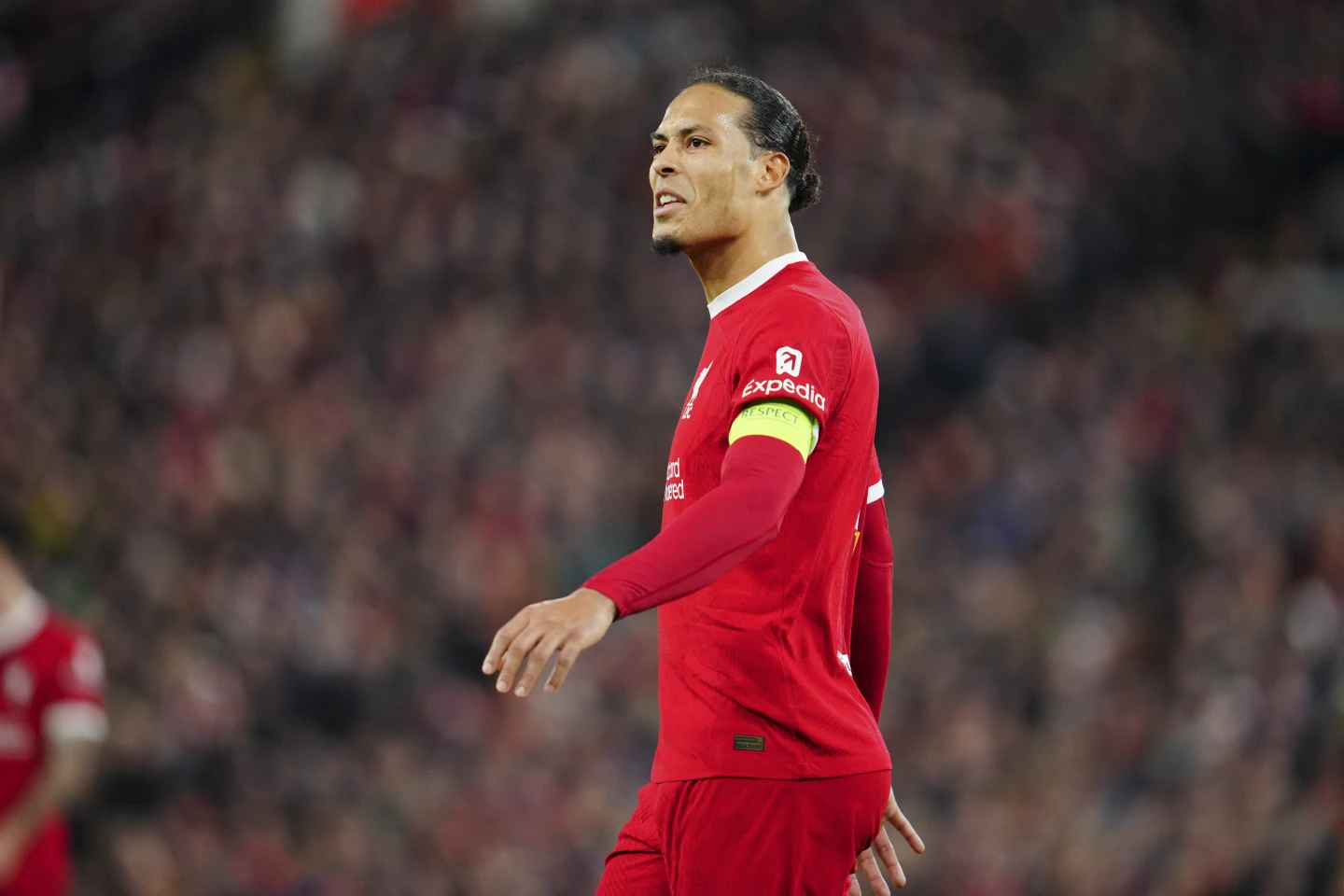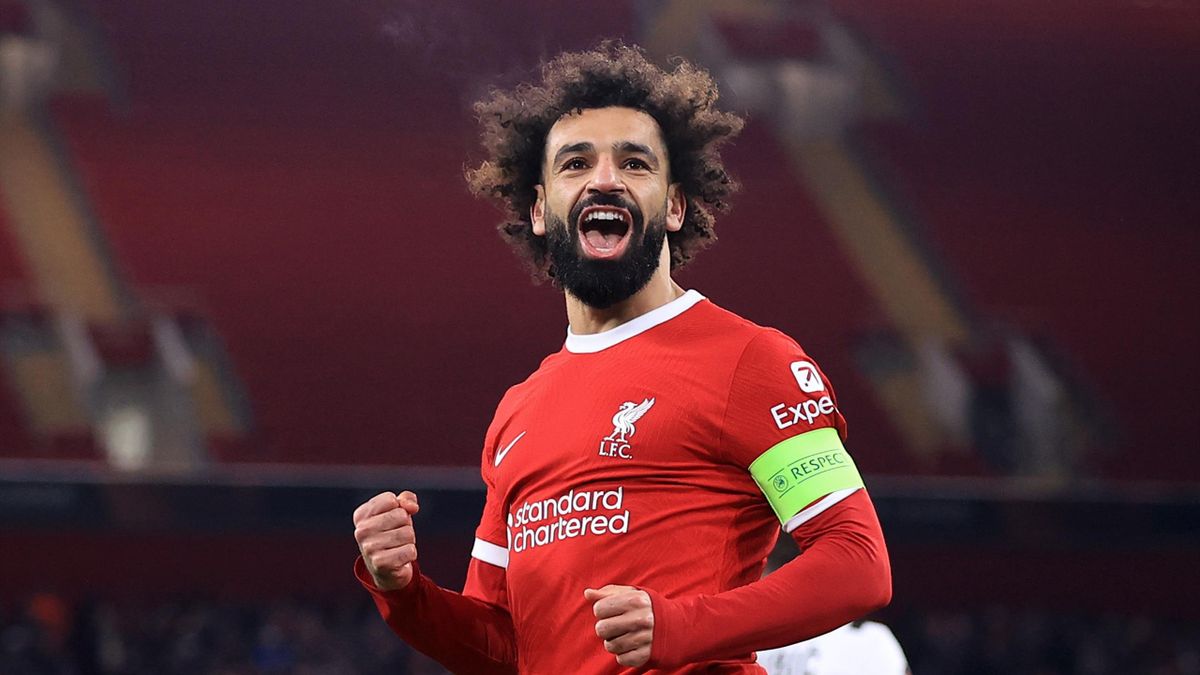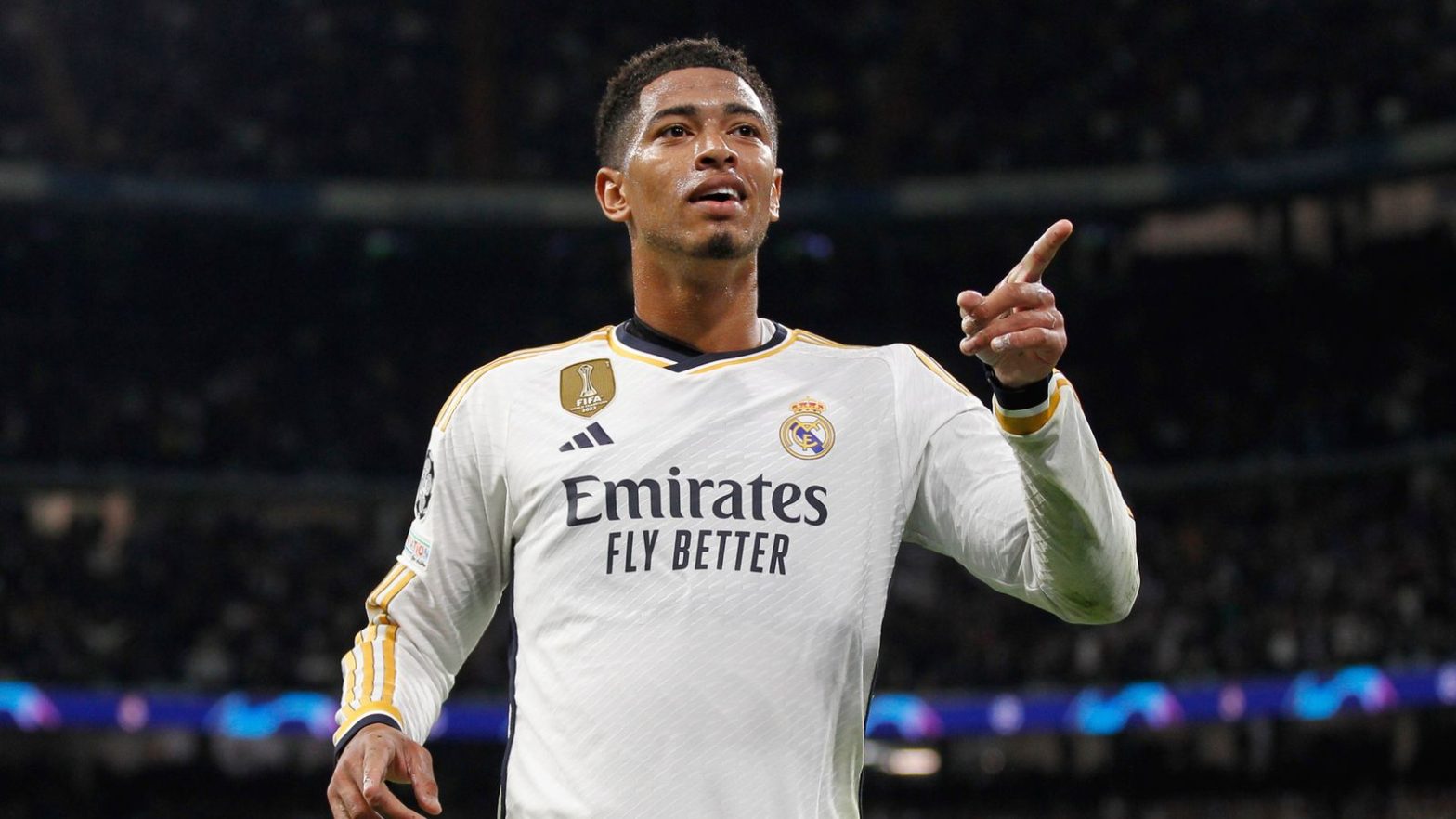Deflation is when prices drop instead of rise over time, which is the opposite of inflation.
Most economists agree that while too much inflation is harmful, deflation is usually much worse. If people expect something to cost less next month than it does now, they may decide to wait before buying it. This delays spending, which slows down the economy, reduces tax revenue for the government, causes job cuts due to less spending, and makes everyone worse off.
This is how deflation affects the real world. But what about in the world of football?
People don’t like to talk about it because the situation can look bleak. When clubs need to cut back, they often complain about needing to follow Profit and Sustainability Rules (PSR), even though they were the ones who decided to put those rules in place.
An analysis of the Premier League—the wealthiest football league—during the last transfer window shows a clear picture of the effects of reduced spending. In that window, net spending dropped by 40%, reaching its lowest level in inflation-adjusted terms since 2014, except for the years affected by COVID. Conversations with club officials, owners, and intermediaries also suggest tough times.
This may not be immediately clear in the current January transfer window, as winter transfers often have a “domino effect.” For example, if Club A buys Player X from Club B, Club B then spends some of that money to buy Player Y from Club C, and so on.
Big clubs like Manchester City may still spend a lot because their ownership isn’t focused on making a profit, and their past profits mean they can afford to lose up to £369 million ($450m) this year and still follow PSR rules.

But you can also see signs of deflation in other ways. Take Adrien Rabiot, for example. He became a free agent last summer. At 29 years old, he has 50 caps for France (starting all three group stage matches in Euro 2024), and he has experience with big clubs like Paris Saint-Germain and Juventus.
You would think he’d have a lot of interest as a free transfer. But no. The summer transfer window ended, and he didn’t find a club until mid-September, joining Marseille for a two-year deal that paid him less than half of what he was making at Juventus.
Then there’s Victor Osimhen. Napoli wanted more than €100m for the 25-year-old Nigerian striker, who scored 48 goals in 71 games over the previous two seasons. They dropped the price to €80m, then €60m, but still didn’t get any buyers. In the end, Osimhen moved to Galatasaray in Turkey on loan in September.
You can also see it in the cases of players at other top clubs. Bayern Munich, who lead the Bundesliga, have players like Joshua Kimmich and Alphonso Davies, who are both set to become free agents at the end of the season.
Kimmich is 29, a possible future captain, and one of the best midfielders in the league. Davies is 24, a top left-side player. Both have been key to Bayern’s success in recent years.
Even Jamal Musiala, a talented attacking midfielder at Bayern, has his contract expiring in 2026. He’s only 21, and some might consider him the club’s best player right now. It would have been almost unthinkable not long ago to let someone of his quality get this close to the end of their contract.
The situation with Liverpool’s Mohamed Salah (32 and the Premier League’s top scorer), Virgil van Dijk (33 and club captain), and Trent Alexander-Arnold (26 and from Liverpool) has been well discussed. Contract talks are “ongoing,” and everyone is “relaxed” (a word often used in stories like this), and it’s not affecting their performance.
However, it’s hard to recall a time when two major, well-managed, financially stable clubs like Bayern and Liverpool waited so long to extend the contracts of key players, especially in such a successful season.
Everyone is being secretive, but it seems that the reason it’s taking so long is that these contract extensions are not simple. The players and their agents have their own idea of what they’re worth, while the clubs are dealing with a new economic reality.

Real Madrid has said they won’t be making moves in the January transfer window, even though injuries have left them with a 33-year-old winger (Lucas Vázquez) playing right back and a 6-foot-1 central midfielder (Aurélien Tchouaméni) playing center back.
Manchester United is trying to get rid of salaries (not just the one from forward Marcus Rashford), and Manchester City is looking to part ways with club captain Kyle Walker, just a few months after giving him an extension through 2026.
According to Transfermarkt, there have been 16 transfers in history that cost over €100m. If you look closely, you’ll see that more than half of these deals turned out to be failures or moves that clubs wouldn’t make again if they had the chance.
There was a time when you could take a chance on a high-priced transfer, knowing that even if it didn’t work out and you had to sell the player at a loss, you could still find a buyer and manage the financial hit. That’s not the case now. Look at PSG, who are trying to find a new club for forward Randal Kolo Muani, whom they paid €80m for just 18 months ago.
They’ll be lucky to get more than half of what they paid for him, if they ever find a permanent deal. He is set to join Juventus on loan for the rest of the season.
Why? Partly because there aren’t many jobs for center forwards, partly because there aren’t many clubs willing to spend €40m or more on a striker, but mostly because the situation has changed. Clubs are now much more careful with their spending.
This doesn’t only affect the biggest clubs. Teams that have relied on player trading as part of their business model—such as Brighton or Brentford in England, Borussia Dortmund in Germany, Atalanta or Udinese in Italy, Monaco in France, or Sevilla in Spain—are also facing difficulties.

You’re less likely to spend €20m or €30m on a promising young winger if you think you won’t be able to sell him for much more than that once he develops.
Take Dortmund’s Donyell Malen. They paid €30m for him from PSV Eindhoven as a 22-year-old in 2021. He didn’t become a superstar like Lionel Messi, but he scored 15 goals as a winger last year and is a regular for the Netherlands. Just 3½ years later, he moved to Aston Villa for €25m.
Perhaps this deflation is just a correction that was overdue, one that was delayed by the huge spending in Saudi Arabia two summers ago. Maybe clubs are realizing that revenue won’t keep growing as it has in the past. Maybe they understand that regulators—like UEFA, the Premier League, or LaLiga (just ask Barcelona)—are serious about enforcing rules.
Maybe they’ve realized that what was once called “investment in the squad” was actually a mix of ego-driven moves and unsustainable financial schemes, which can get very expensive.
Maybe they’ve simply accepted that transfer fees and wages have risen to such high levels that once revenue stops increasing, these costs can only be justified if there are enough buyers willing to take on mistakes. And there are fewer and fewer of those buyers.
Maybe we’ve reached a point where things are becoming more reasonable. Maybe this will eventually turn into a sustainable, mature business.
